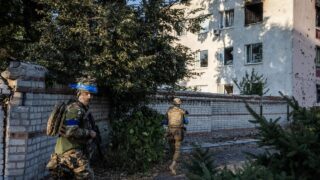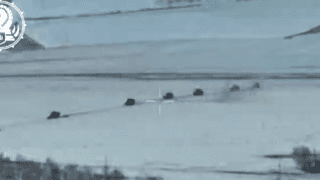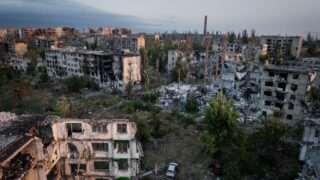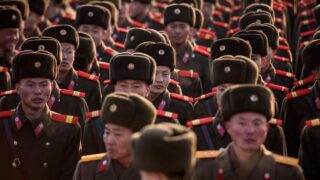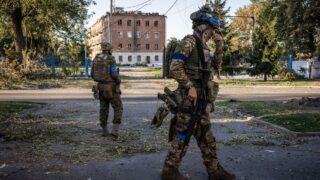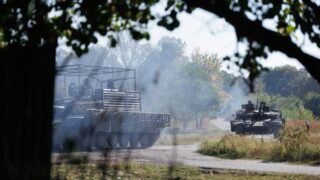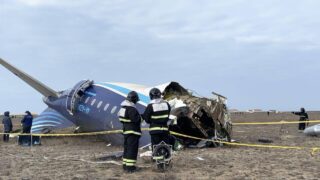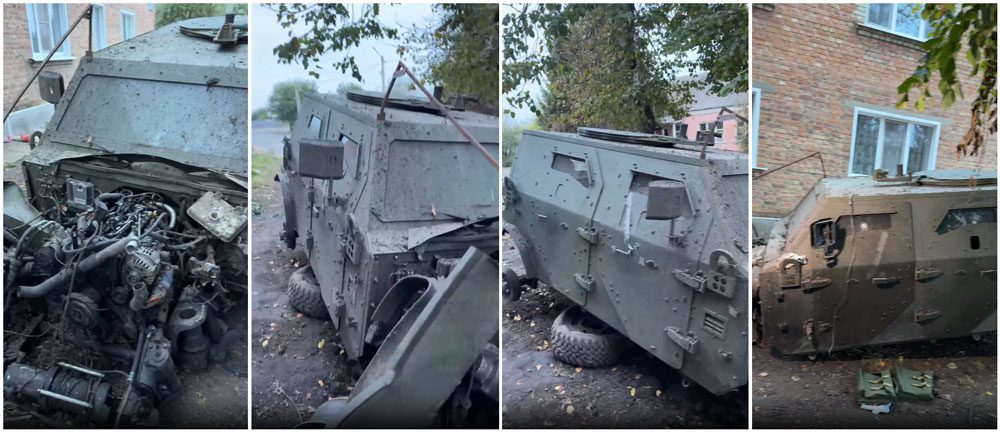
New Russian Sarmat-3 armored vehicle destroyed days after first deployment
A newly deployed Russian armored all-terrain vehicle, the LSTS-1944 “Sarmat-3,” has been destroyed in Kursk Oblast just days after its first appearance on the battlefield, Defence Blog and Defense Express report.
The Sarmat-3 is part of Russia’s new generation of lightweight armored vehicles designed for airborne forces. Its development traces back to the 2010s, with the program completed around 2016 or 2017. Despite early praise, the Russian Ministry of Defense requested further refinements. An updated version, described as a “full-fledged armored car based on the Sarmat-3,” was publicly unveiled at the 2022 Armiya event.
The incident occurred in Glushkovo, located in Russia’s Kursk Oblast less than 10 km from the Ukrainian border. The vehicle was reportedly destroyed in a mine explosion that killed one occupant and left another severely wounded.
The loss came to light after Russian media circulated images of the destroyed vehicle. Several photos and a video were shared on the Telegram channel lost_warinua, indicating that the incident occurred on 23 October. A Russian commentator in the original video misidentified the destroyed vehicles as “a Ukrainian armored vehicle” of a sabotage group that allegedly tried to break through to Russian-controlled Glushkovo. Later, it was confirmed to be the rare Sarmat-3, a recent addition to Russia’s light-armored fleet.
About a week earlier, a Russian media outlet published a photo of the same vehicle, providing rare confirmation that Sarmat-3, typically used by special and air assault forces, is deployed against Ukraine.
Defense Blog notes that the destruction of this advanced vehicle highlights the continuing vulnerability of modern armored vehicles to conventional battlefield hazards such as mines and improvised explosive devices, particularly in cross-border operation zones.
Related:




